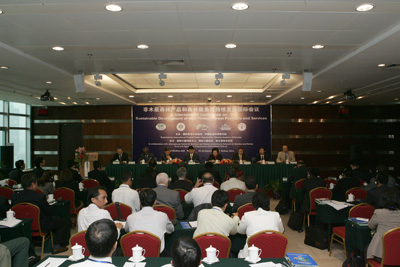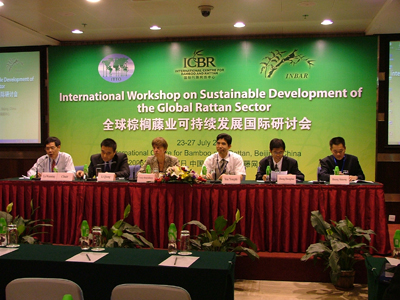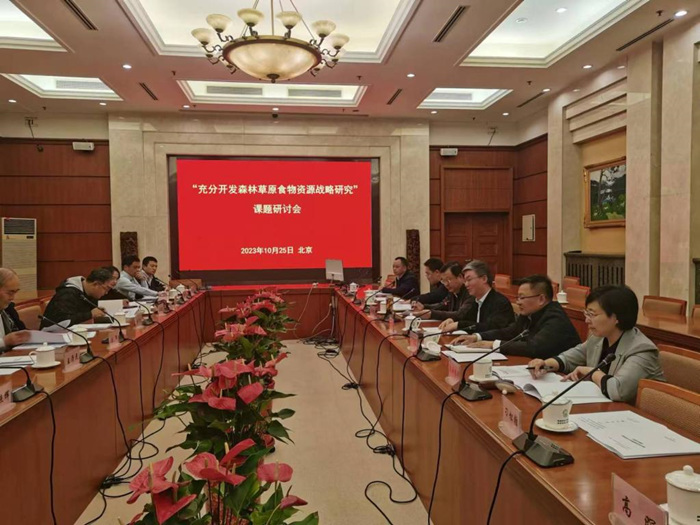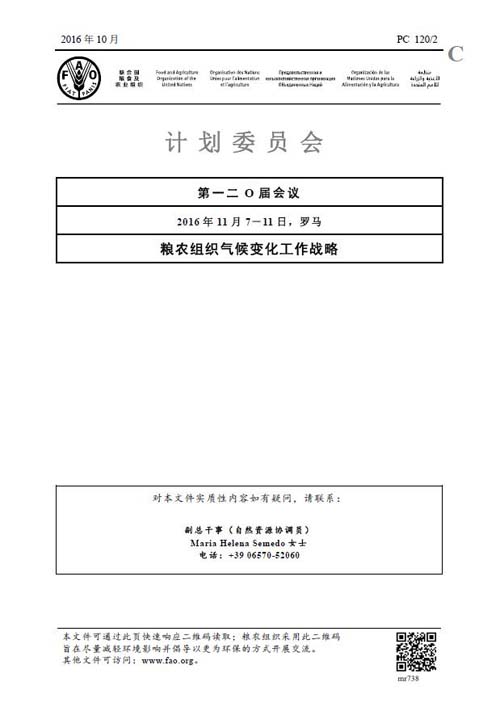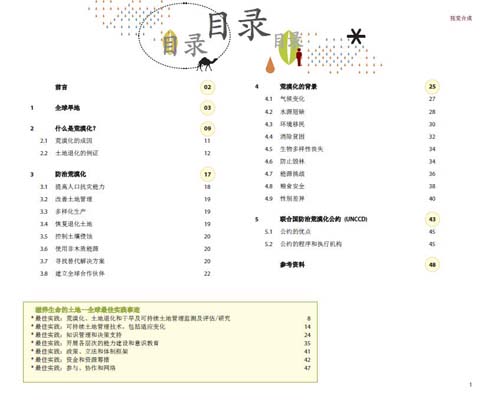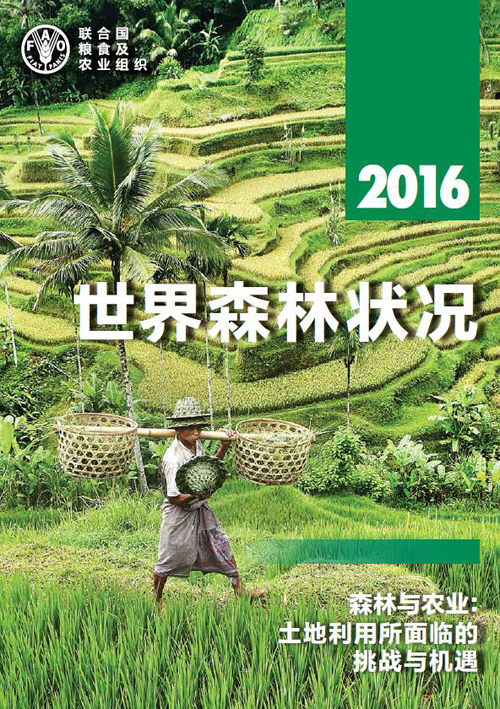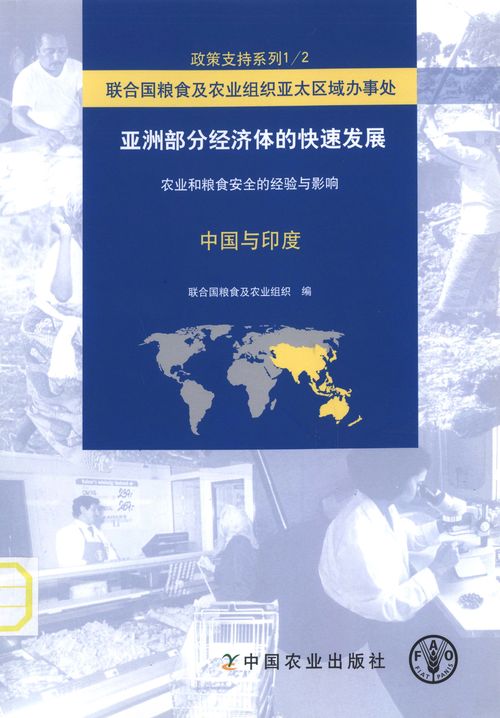
非木质林产品与减少贫困研究综述
编号
lyqk004464


中文标题
非木质林产品与减少贫困研究综述


作者单位
南京林业大学,南京 210037;国家林业局林产品经济贸易研究中心,南京 210037;南京林业大学,南京 210037;国家林业局林产品经济贸易研究中心,南京 210037


期刊名称
世界林业研究


年份
2014


卷号
27


期号
1


栏目编号
1


栏目名称
专题论述


中文摘要
在我国日益成为世界主要林产品生产和对外贸易大国,而林区尤其是偏远山区非木质林产品资源丰富却普遍贫困的背景下,文中从非木质林产品与居民收入增加、非木质林产品与粮食安全、非木质林产品与乡村安全网、非木质林产品的市场化等方面,结合我国的研究和实际情况总结非木质林产品与减少贫困的研究概况,对已有的相关研究结论和研究方法进行评析,讨论现有研究特点和不足,并从我国的客观实际出发展望如何利用和开发非木质林产品来减少贫困,增加林区居民收入。


关键词
非木质林产品
贫困
粮食安全
乡村安全网
可持续发展


基金项目
江苏省2013年度普通高校研究生科研创新计划项目(CXZZ13_0558);江苏省教育厅高校哲学社会科学基金项目(2013SJD790010)


英文标题
Non-wood Forest Products and Poverty Reduction:A Research Review


作者英文名
Geng Limin and Shen Wenxing


单位英文名
Nanjing Forestry University,Nanjing 210037,China;Research Center for Economics and Trade in Forest Products,State Forestry Administration,Nanjing 210037,China;Nanjing Forestry University,Nanjing 210037,China;Research Center for Economics and Trade in Forest Products,State Forestry Administration,Nanjing 210037,China


英文摘要
Forest regions in China, especially in the remote mountains, boast abundant non-wood forest product resources but are generally poor, while China becomes a power in terms of forest production and foreign trade of forest products. Under this context, the paper summarized and analyzed the research on non-wood forest products and poverty reduction based on literature reviews and the reality in terms of non-wood forest products and people's incomes increase, food security, rural safety network, non-timber forest products market, etc. The paper also analyzed the characteristics and shortcomings in current literature-based research. Finally, how to develop and utilize non-wood forest products to reduce poverty and increase farmers' income was discussed based on China's reality.


英文关键词
non-wood forest product;poverty;food security;country safety network;sustainable development


起始页码
1


截止页码
6


投稿时间
2013/5/20


分类号
F062.1;F316.23


DOI
10.13348/j.cnki.sjlyyj.2014.01.001


参考文献
[1] 盛伟彤.关于非木质林产品研究、开发、利用的战略思考[C]//2011年现代林业发展高层论坛论文集,北京,2011:389-392.
[2] Mulenga B P,Richardson R B,Tembo G.Non-timber forest products and rural poverty alleviation in Zambia[R].Lusaka,Zambia:Indaba Agricultural Policy Research Institute,2012:125-149.
[3] Fearnside P M.Extractive reserves in Brazilian Amazonia: an opportunity to maintain tropical forest under sustainable use[J].BioScience,1989,39(6):387-393.
[4] Ganesan B.Extraction of non-timber forest products, including fodder and fuelwood in Mudumalai, India[J].Economic Botany,1993,47(3):268-274.
[5] Cavendish W.Empirical regularities in the poverty-environment relationship of rural households: evidence from Zimbabwe[J].World Development,2000,28(11):1979-2003.
[6] Shackleton S E,Shackleton C M,Cunningham A B,et al.Knowledge on Sclerocarya birrea subsp. caffra with emphasis on its importance as a non-timber forest product in South and southern Africa:a summary:part 1. taxonomy, ecology and role in rural livelihoods[J].Southern African Forestry Journal,2002,194(1):27-41.
[7] Wollenberg E,Ingles A.Incomes from the forest: methods for the development and conservation of forest products and local communities[R].Bogor,Indonesia:Center for International Forestry Research,1998:385-392.
[8] Arnold J E M.The role of non-timber forest products in conservation and development[R]//Wollenberg E,Ingles A(eds).Incomes from the forest: methods for the development and conservation of forest products for local communities.Bogor,Indonesia:Center for International Forestry Research,1998:17-41.
[9] Mulenga B P,Richardson R B,Tembo G.Non-timber forest products and rural poverty alleviation in Zambia: food security collaborative working papers 123220[R].Lansing,MI:Department of Agricultural,Food,and Resource Economics,Michigan State University,2012.
[10] 崔雨晴,徐秀英,鲍泽钦,等.非木质林产品生产对农户收入的影响分析[J].浙江农林大学学报,2011,28(1):121-126.
[11] Kaushal K K,Melkani V K.India: achieving the Millennium Development Goals through non-timber forest products[J].International Forestry Review,2005,7(2):128-134.
[12] Angelsen A,Wunder S.Exploring the forest poverty link: key concepts, issues and research implications[R].Jakarta,Indonesia:Center for International Forestry Research,2003:58.
[13] Khanina L G,Bobrovsky M V,Karjalainen T,et al.A review of recent projects on forest biodiversity investigations in Europe including Russia[R].Joensuu,Finland:European Forest Institute,2001:65.
[14] Shackleton C M,Mander M,Wynberg R,et al.Diversifying communal rangeland use and benefits: the case of Marula (Sclerocarya birrea) in Bushbuckridge, South Africa[C]//Proceedings of International Rangeland Congress,Durban,South Africa,July 2003:5.
[15] Mcsweeney K.Natural insurance, forest access and compounded misfortune: forest resources in smallholder coping strategies before and after Hurricane Mitch, northern Honduras[J].World Development,2005,33(9):1453-1471.
[16] 冯彩云.世界非木材林产品的现状及其发展趋势[J].世界林业研究,2002,15(10):44-48.
[17] Pierce A R.The challenges of NTFP certification[J].Journal of Forestry,1997(2):34-37.
[18] 中国可持续发展林业战略研究项目组.中国可持续发展林业战略研究总论[M].北京:中国林业出版社,2002.
[19] Millennium Ecosystem Assessment.Ecosystems and human well -being: scenarios[M].Washington DC:Island Press,2005:510-514.
[20] Shackleton C M,Shackleton S E.The importance of non-timber forest products in rural livelihood security and as safety nets: a review of evidence from South Africa[J].South African Journal of Science,2004,100(11/12):658-664.


PDF全文
浏览全文


-
相关记录
更多
- 国际社会消除区域性贫困的林业实践及启示 2022
- 美国非木质林产品管理体系与启示 2021
- 林业绿色金融国际实践及启示 2021
- 竹复合材料在建筑中的应用 2024
- 竹居城市——城市建设新模式探索 2024
- 国有林场支持深化集体林权制度改革举措探讨 2024
 打印
打印
